Victoria Dam: Sri Lanka’s Engineering Marvel
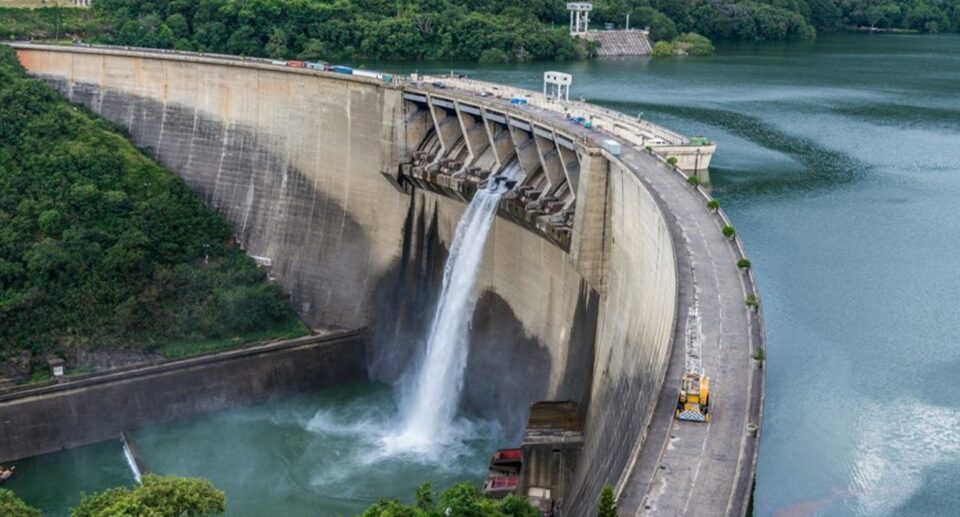
Nestled in the lush hills of central Sri Lanka, near the historic city of Kandy, is one of Sri Lanka’s greatest engineering achievements — the Victoria Dam. The nation’s highest dam and a focal point of Sri Lanka’s Mahaweli Development Programme, the Victoria Dam represents a symbol of modern development, hydroelectric power, and water management. Not only is it a major provider of irrigation and electricity, but it is also a mirror to the country’s progress in infrastructure and technology.
Historical Background
Victoria Dam was constructed within the Mahaweli Development Project, which was one of Sri Lanka’s largest and most ambitious multi-purpose development projects. It was intended to harness the waters of the Mahaweli River — Sri Lanka’s longest river — for irrigation, flood control, and hydroelectricity.

The idea of Mahaweli River development dates back to the British colonial period, but it wasn’t until the 1960s and 1970s that tangible action was undertaken.
The Victoria Dam project was opened in 1978, and the dam was built by 1985. It was built with British technical and financial assistance and was named after Queen Victoria.
The dam’s completion marked a landmark in Sri Lanka’s rural development, energy generation, and water resource management.
Geographical Location
The Victoria Dam is located in the Central Province, about 20 kilometers southeast of Kandy, near the town of Teldeniya. It spans the Mahaweli River at a gorge called Victoria Falls (not to be confused with the more famous waterfall in Africa). The dam created the Victoria Reservoir, a vast man-made lake that holds millions of cubic meters of water.
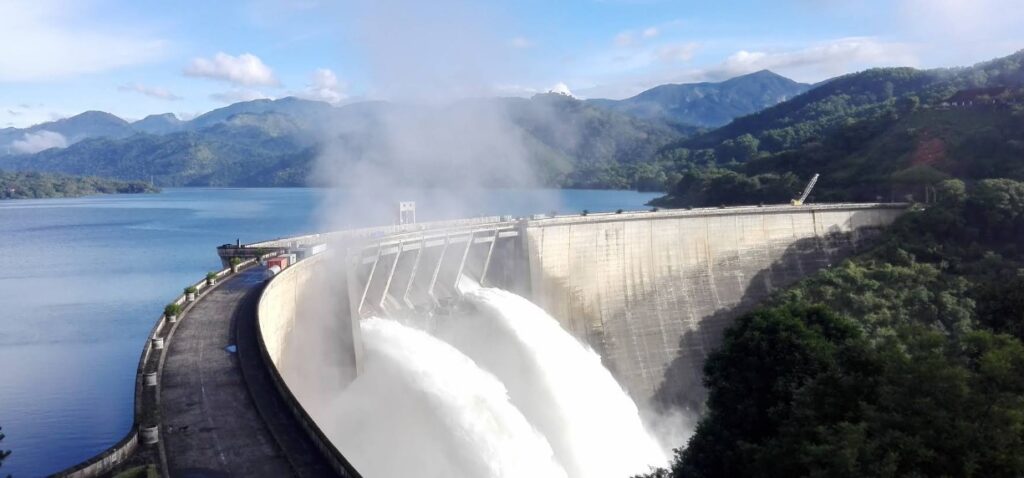
Amidst misty mountains and forests, the dam and reservoir add scenic beauty to the landscape and have developed as a favorite haunt of tourists with a keen interest in engineering, nature, and photography.
Technical Specifications
The Victoria Dam is a double-curvature arch dam, a sophisticated design type that is adopted in narrow, steep-sided valleys where the structural strength of the dam relies on its ability to transfer the water pressure laterally to the rocky walls on either side.
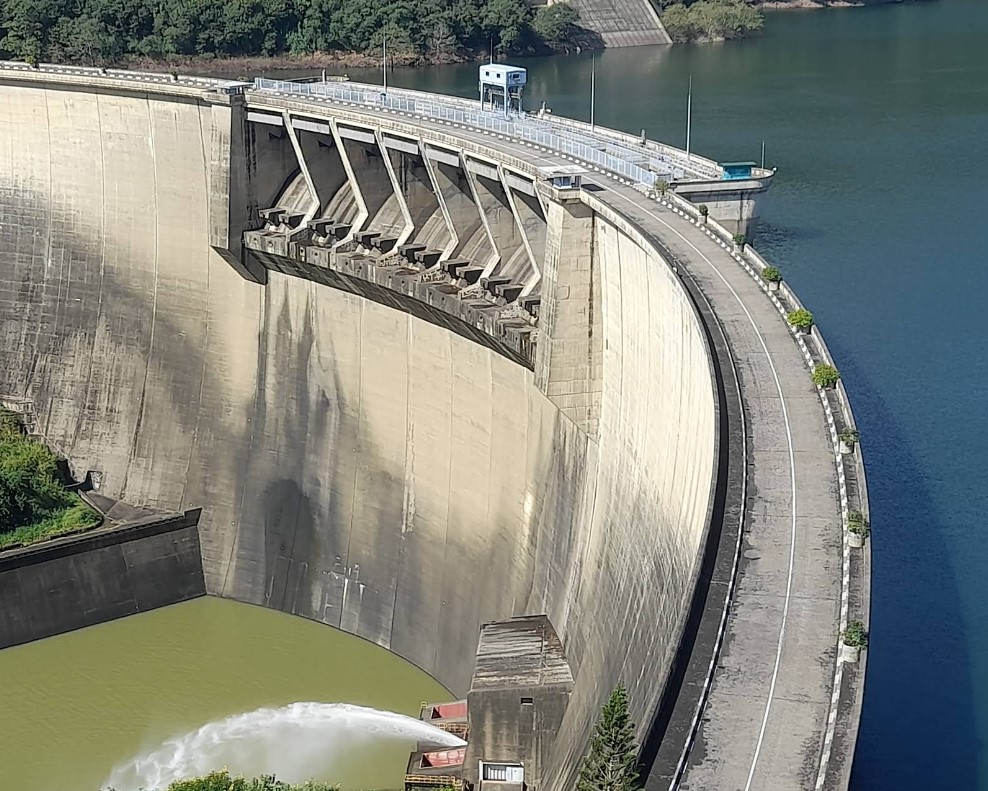
Key Features:
Type: Concrete arch dam Height: 122 meters (400 feet) Length: 520 meters (1,706 feet) Reservoir Capacity: Approximately 722 million cubic meters
Hydropower Plant Capacity: 210 megawatts (MW)
Spillway Gates: 3 radial gates for flood control
The dam’s power station is located underground and is accessed by tunnels bored into the hills on both sides. Water from the reservoir is conveyed to the turbines via penstocks, which then generate electricity before the water is released downstream.
Purpose and Functions
Victoria Dam serves many purposes that benefit different economic sectors and communities all over Sri Lanka.
- Hydropower Generation
The dam plays an important role in the national grid.
It generates 210 MW of renewable and clean energy, reducing dependency on fossil fuels.
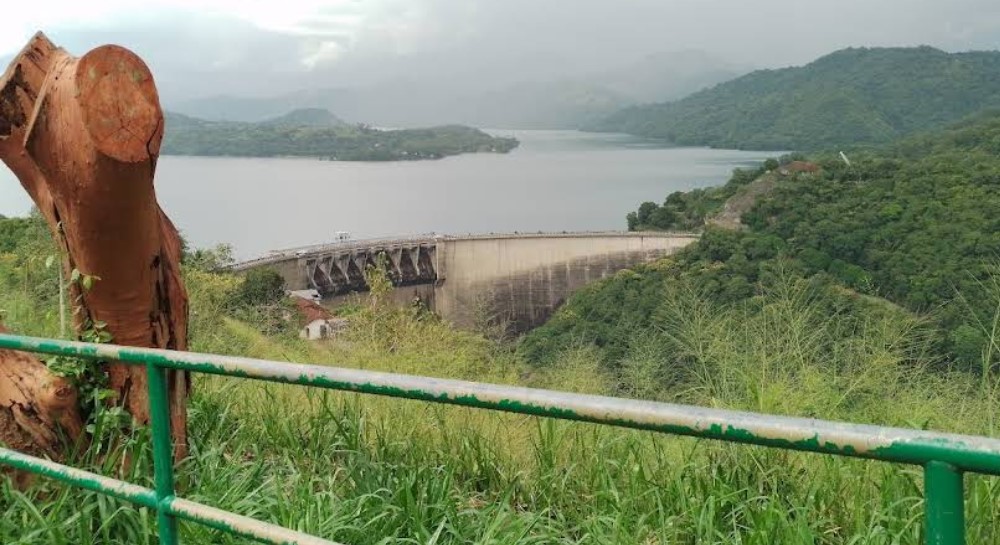
This capacity supplies electricity to millions of homes.
- Irrigation and Agriculture
One of the key aims of the Mahaweli Project was to provide irrigation to Sri Lanka’s dry areas in the north and the east.
Water stored in the Victoria Reservoir is utilized through canals irrigating more than 100,000 hectares of cultivatable land.
It transformed barren lands into fertile ground, increasing rice and crop production.
- Flood Control
By controlling the flow of the Mahaweli River, the dam averts downstream flooding, especially during monsoons.
This reduces property damage and loss of life in vulnerable areas.
- Tourism and Water Supply
The reservoir provides clean water for industrial and household use.
The scenic reservoir and dam site attract tourists, nature lovers, and students.
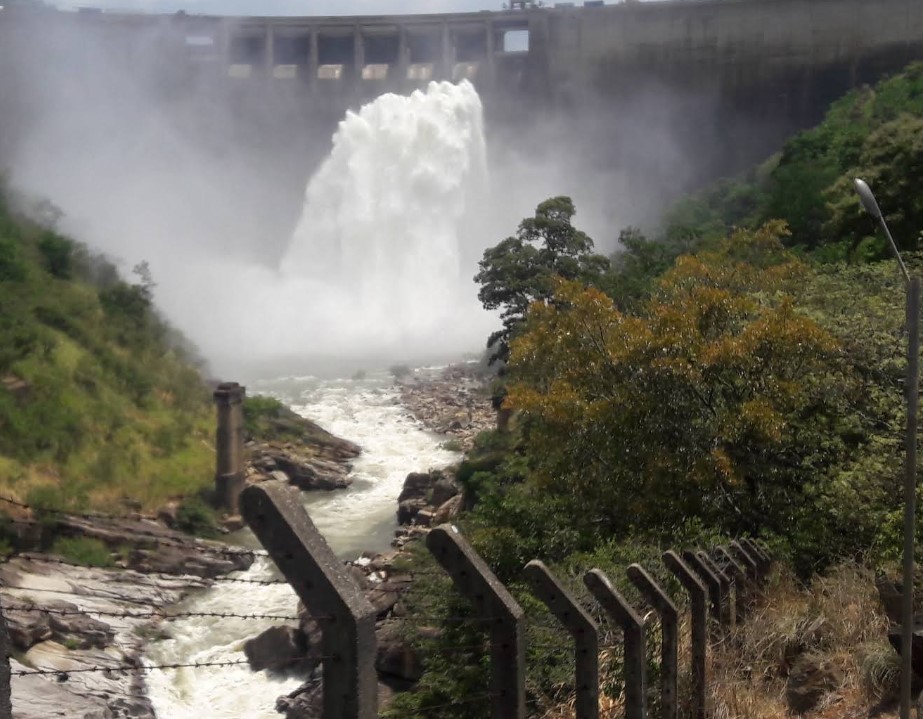
Environmental and Social Impact
As in any large development project, the construction of the Victoria Dam had advantages as well as drawbacks.
Positive Impacts:
Boosted rural economies through increased agriculture.
Created job opportunities during and after the construction.
Contributed significantly to the national energy independence.
Issues and Challenges:
Displacement: Several villages, including old Teldeniya, were submerged, and thousands of people were resettled.
Ecosystem alteration: The dam altered natural water flow and regional biodiversity.
Sedimentation: As silt is deposited in the reservoir over time, it can reduce the capacity and effectiveness of the reservoir.
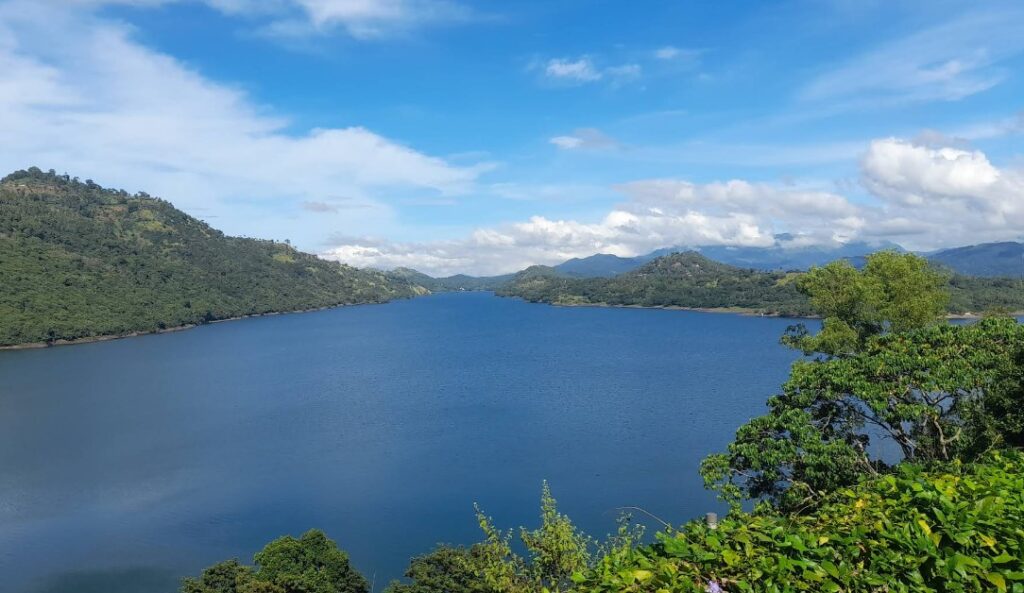
Despite these issues, the government and NGOs have made efforts to minimize long-term environmental impacts and to aid resettled communities.
Strategic Importance
The Victoria Dam is also incorporated into a larger network of dams and canals in the Mahaweli Development Programme. Victoria is supported by other dams, such as Kotmale, Randenigala, and Rantembe, in regulating its river flow and optimizing its power generation.
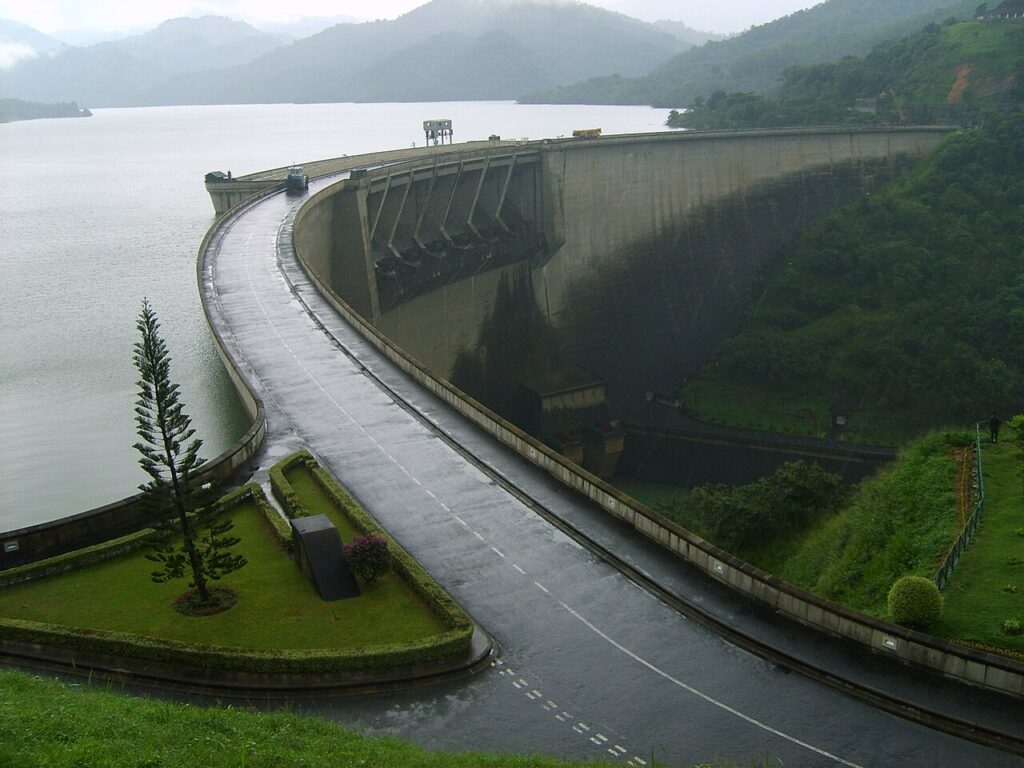
The dam is also a central part of Sri Lanka’s long-term vision of energy security and climate resilience, especially with global warming and water scarcity becoming increasingly prominent issues.
Modern Developments and Maintenance
Victoria Dam has undergone several upgrades over the years for enhancing safety and efficiency:
Monitoring systems have been implemented to track structural integrity.
Turbines and generators have been periodically upgraded and maintained.
Environmental surveys have been conducted with a view to balancing development and nature conservation.
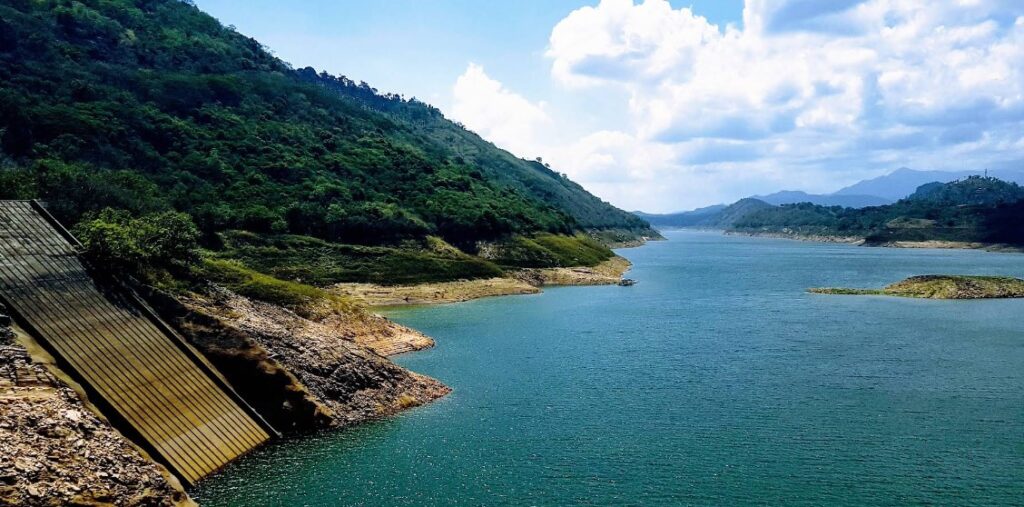
Sri Lanka is still figuring out the best way to include dams like Victoria in its future water and energy resource planning, especially with a growing population and demand for sustainable development.
Visiting Victoria Dam
The Victoria Dam is an educational and tourist point of interest today, especially among students and civil and hydropower engineers.
Visitor Information:
Location: Victoria Reservoir, Teldeniya, near Kandy
Best time to visit: Morning or evening (for light and cool weather)
Entrance: Restricted near power station; permission required for some areas
Activities: Photography, sightseeing, bird watching, guided tours.
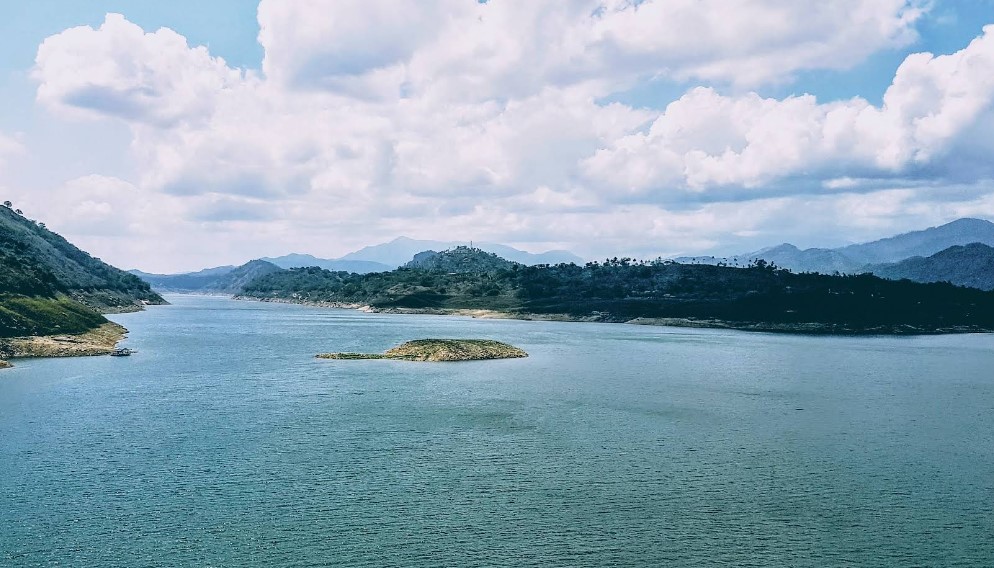
The surrounding areas, including the Knuckles Mountain Range and Victoria Golf Club, also offer opportunities for trekking, recreation, and eco-tourism.
Victoria Dam is a witness to Sri Lanka’s ability to harness natural resources for the benefit of its people. Its towering presence in the central highlands not only powers homes and irrigates fields but also tells a story of ambition, engineering, and coexistence between development and nature.
Though it does not have the ancient beauty of Sri Lanka’s historical landmarks, the Victoria Dam still is no less so in its impact and engineering brilliance. As the country forges ahead, this modern marvel will remain a cornerstone of Sri Lanka’s journey towards sustainability, energy independence, and agricultural prosperity.
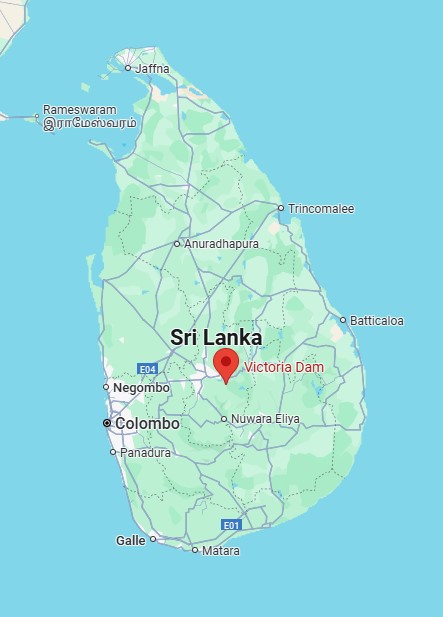
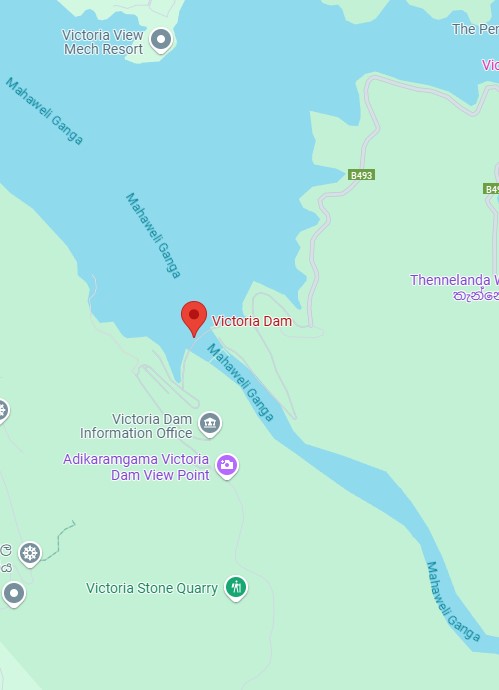






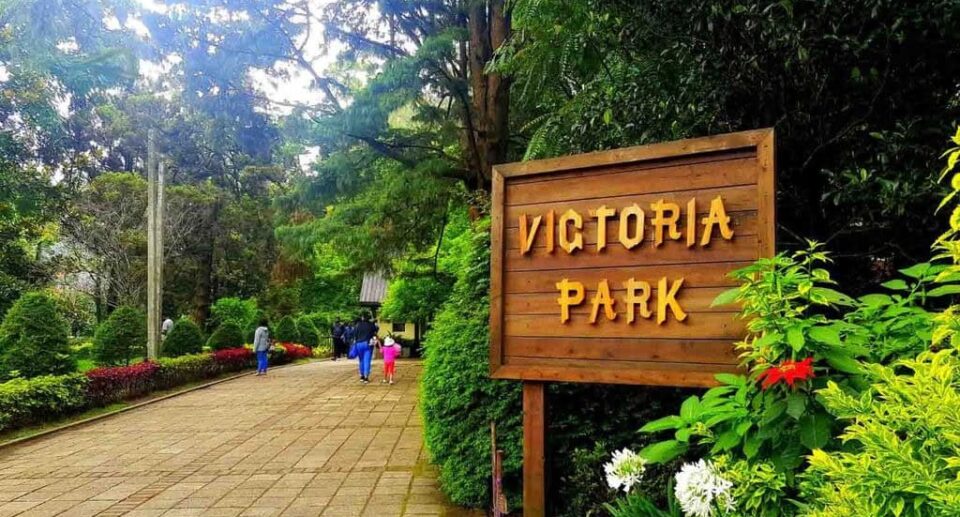
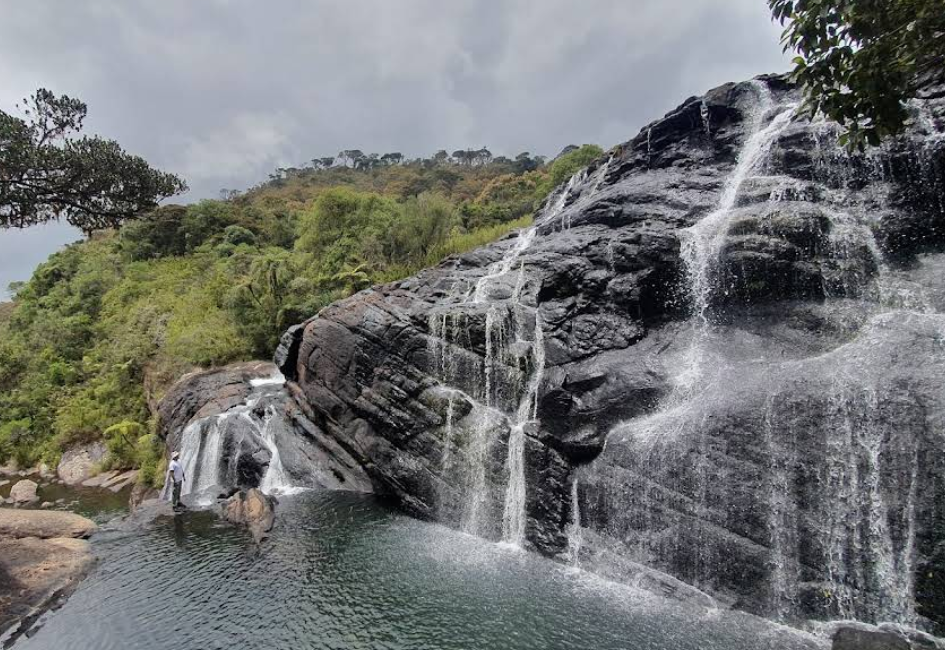

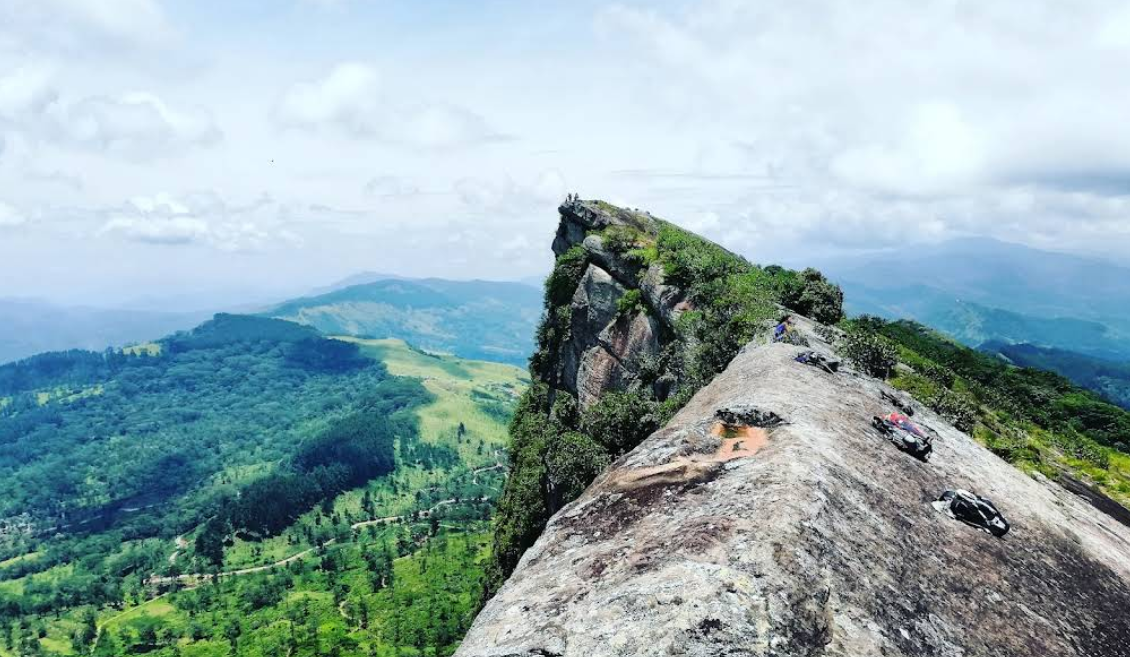
1 Comment
Lovely just what I was looking for.